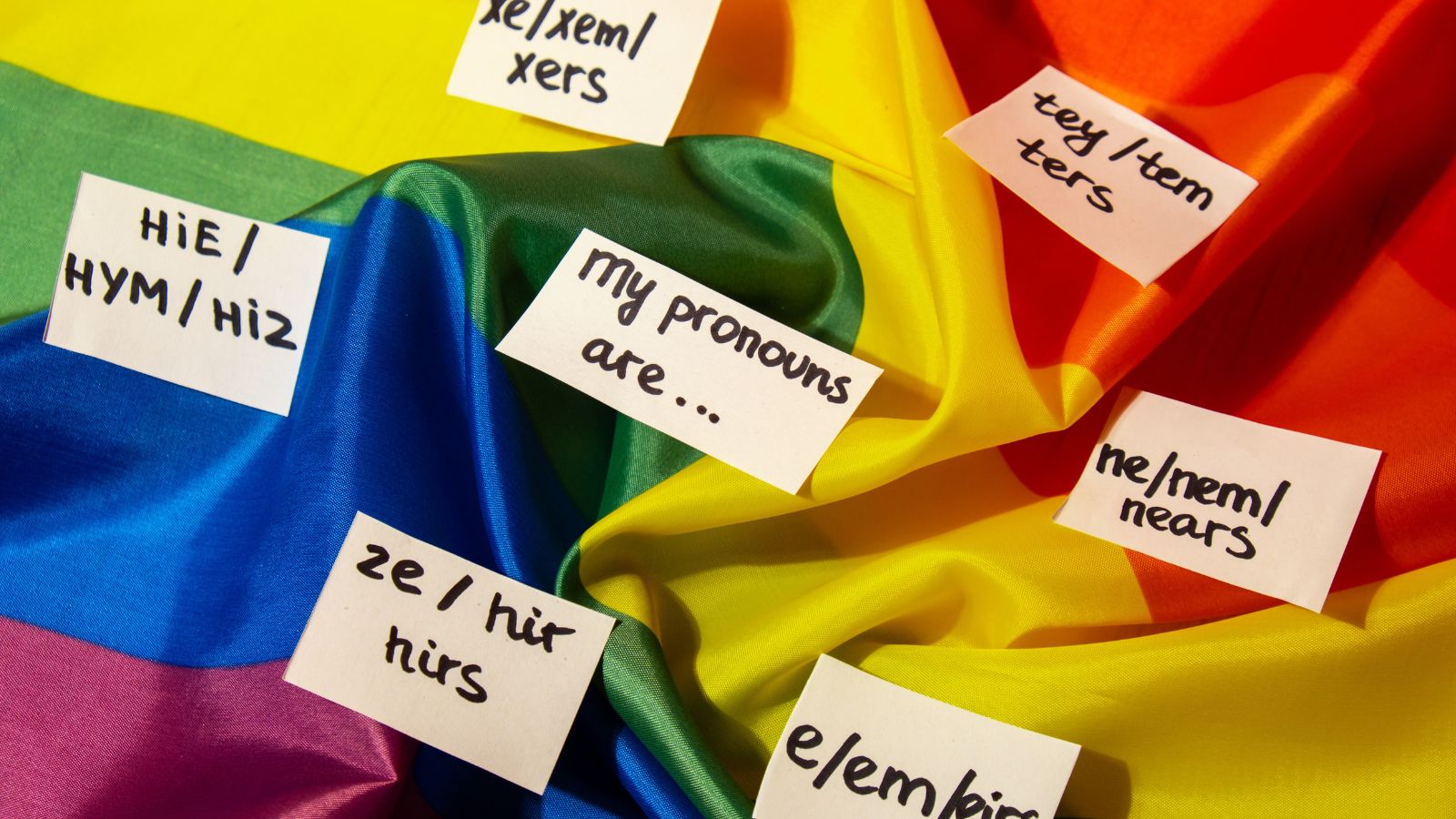Understanding and respecting gender identity is crucial. Pronouns, while seemingly trivial, are a significant part of this respect. Getting to grips with why you need to use them can alleviate a few pressing questions surrounding their necessity. Here are 18 facts about gender identity that highlight why pronouns matter and how we can all be more inclusive. Let’s stay open-minded.
Gender Identity vs. Biological Sex
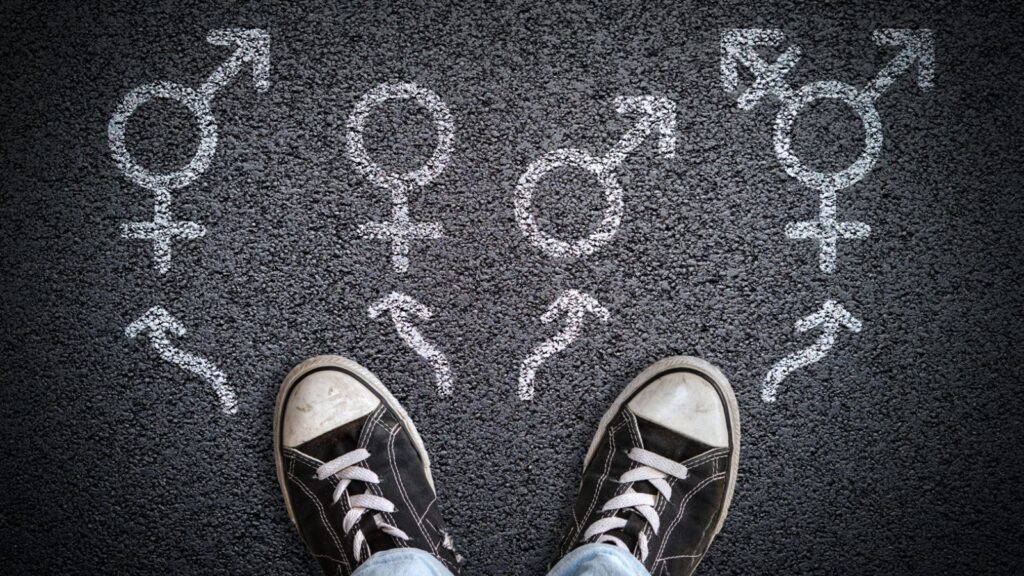
Gender identity is how a person internally perceives themselves, which may differ from their biological sex assigned at birth. It isn’t easy for everyone to come to grips with, but trying to understand this distinction can help in respecting individuals’ authentic selves.
Pronouns Are Personal

Just like names, pronouns are an essential part of a person’s identity in the modern world. Using someone’s correct pronouns shows respect and acknowledgment of their gender identity. If you’re unsure, always be open about it. You shouldn’t be afraid to ask questions. How else are you able to learn?
Common Pronouns
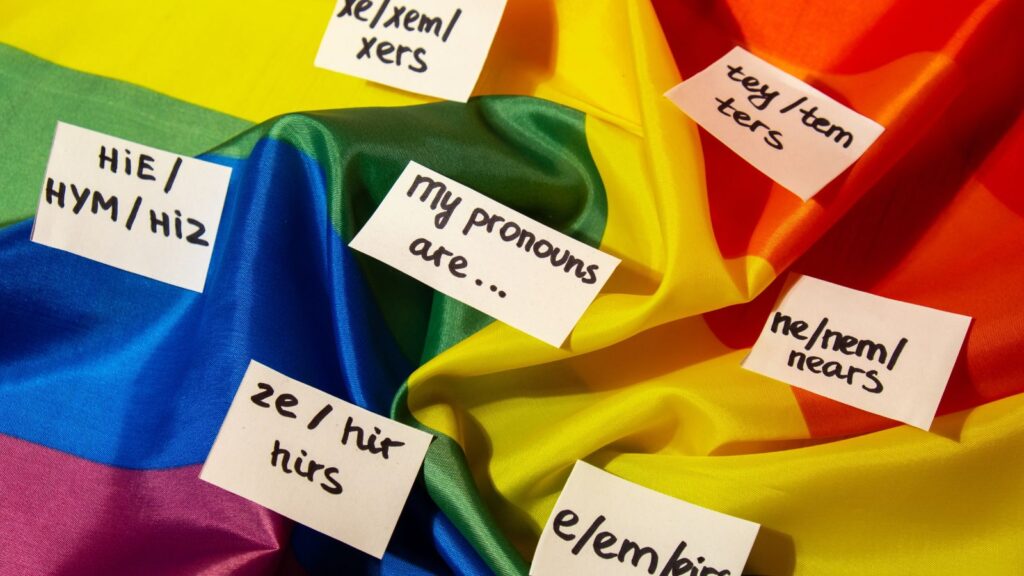
Besides ‘he’ and ‘she,’ there are other pronouns like ‘they,’ ‘ze,’ and ‘xe.’ Understandably, it’s a lot to get to grips with, especially for many older generations. Being aware of these helps in addressing people correctly, especially when their gender doesn’t fit the binary model.
Why ‘They’ as Singular
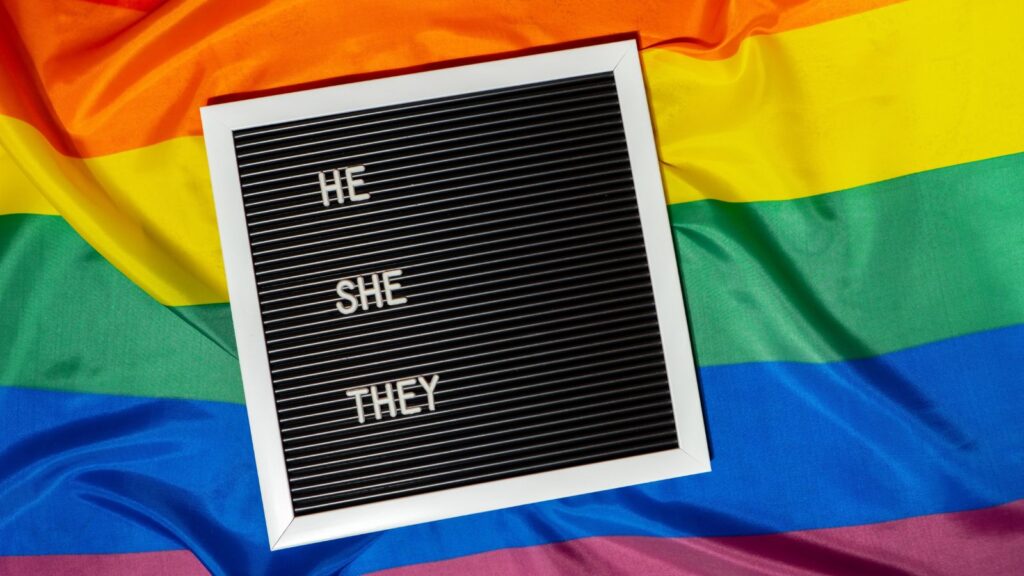
This can be a tricky one to navigate for people of all age groups. It might not sound right based on modern terminology, but the singular ‘they’ is grammatically correct and has been used in English for centuries. It’s a practical way to refer to someone without assuming their gender.
Pronouns and Mental Health
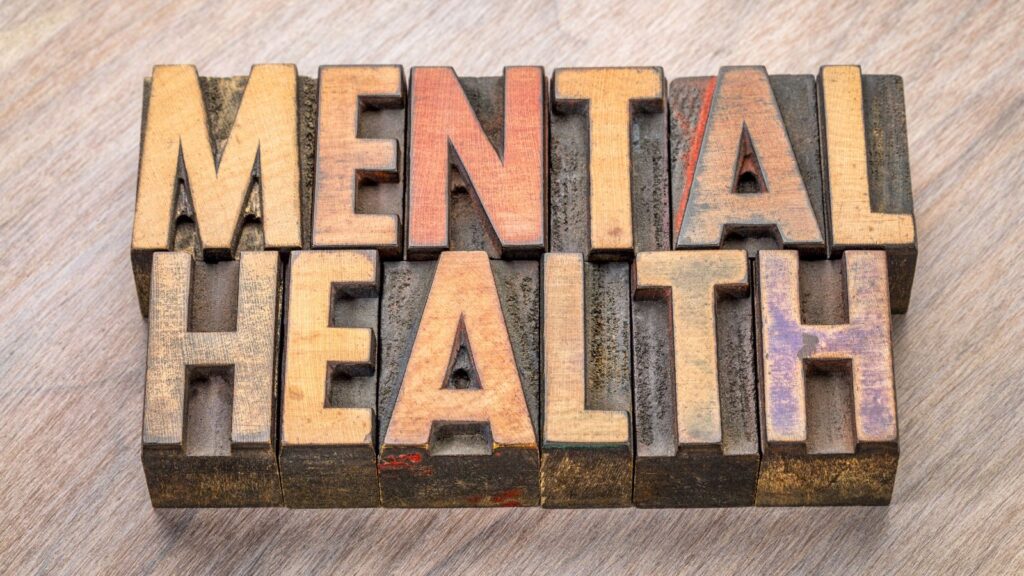
It might not seem much to many users, but applying the correct pronouns can significantly improve mental health. It validates people’s identities, reducing feelings of dysphoria and boosting self-esteem. Surely, that’s worth the effort?
Introducing Yourself with Pronouns

It might take a while to muster the confidence, but including your pronouns when introducing yourself can create a more inclusive environment. It shows that you respect and acknowledge diverse gender identities. It can make a huge difference to someone who has overcome personal issues.
Pronouns in Email Signatures

Though originating on social media platforms, adding pronouns to email signatures is a growing practice. It normalizes discussions about gender identity and helps avoid misgendering in professional settings. It’s a terrific idea as employers and colleagues can immediately adapt accordingly.
Gender-Neutral Language

It’s easier than you think and requires little to no effort, but using gender-neutral language in everyday conversation helps avoid assumptions. Try to use terms like ‘folks’ or ‘everyone’ instead of ‘ladies and gentlemen.’ They’re great alternatives that are fully inclusive.
Respecting Pronoun Changes
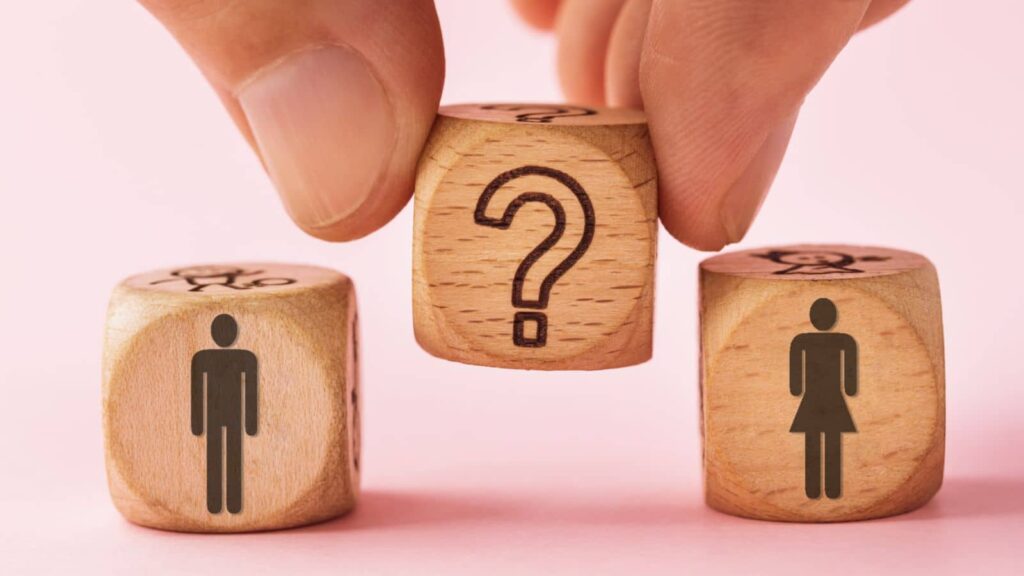
People might change their pronouns as they explore their gender identity, and that’s perfectly normal. Rather than assuming that they’re changing their minds like the weather, respect these changes. Even if it takes time to adjust, it shows support and understanding.
Correcting Mistakes

Don’t be hard on yourself if you use the wrong pronoun. We’re all fallible, and it’s a lot to learn. A quick apology and correction are sufficient. Over-apologizing can make the person feel uncomfortable, and it makes a mountain out of a molehill. Move on. Any well-mannered individual will be perfectly respectful about it.
Pronouns in Schools

Many schools are adopting policies that respect students’ preferred pronouns. It’s a positive step forward for younger populations and opens up a safe and inclusive environment for all students to thrive. Being accepted as a teenager can do wonders for them during their transition to adult life.
Pronouns in Workplaces

Inclusive workplaces encourage employees to share their pronouns. This practice promotes diversity and ensures everyone feels respected and valued. Even if you don’t feel the need for inclusion, embrace the moment and see it as a gift to those who need the extra support. It’s a big deal for many.
Gender Identity Spectrum
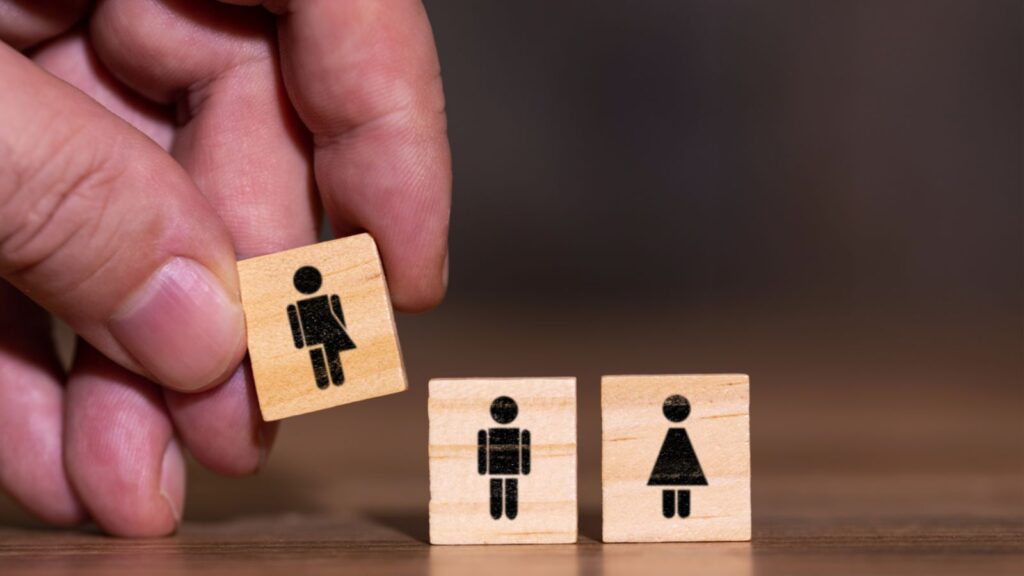
Gender identity isn’t limited to male and female. It’s a spectrum that includes non-binary, genderqueer, agender, and more. Recognizing this diversity is key to inclusivity, though most appreciate that it won’t come to us all overnight. Learn as you go, and don’t worry if you don’t understand. Ask the question.
Supporting Transgender People

Using correct pronouns is a basic way to support transgender and non-binary individuals. It acknowledges their identity and helps to overcome societal stigma. Choosing to embrace a new identity is no quick or easy decision and often comes with a great deal of trauma. There’s no harm in being supportive.
Educating Yourself

Taking the initiative to learn about gender identity and pronouns shows allyship. Not only does it make a significant difference to the individual lives of many, but it also reduces the social stigma associated with these modern changes. We can all do our bit to make the world a slightly better place.
Gender Identity and Culture

Different cultures have recognized non-binary and gender-diverse identities for centuries. Many people are unaware of this, but understanding this global perspective enriches our appreciation of gender diversity and makes it seem less extreme. It’s perfectly normal; we’ve just taken our time to get there.
Creating Inclusive Spaces

Whether it’s a classroom, office, or social gathering, encouraging the use of correct pronouns helps create spaces where everyone feels seen and respected. It isn’t about shouting it from the rooftop, but adding pronouns to emails and making workers aware of workspace diversity sets things off on a positive foot. It’s also important to consider washrooms and how they can be used comfortably and privately by varying users.
The Power of Words

Words have the power to affirm and validate, and either of these can be the difference in making or breaking someone. Using the right pronouns is a simple yet profound way to show that you care about someone’s identity and well-being. Even if you’re still coming to terms with the transition and you’re not sure how you feel about it, make the effort to help someone else feel included. You may need someone else to do the same for you someday.
30 Traditional Sayings That Are Now Considered Offensive by Woke Culture

30 Traditional Sayings That Are Now Considered Offensive by Woke Culture
21 Habits Often Associated With Having a Lower Social Status

21 Habits Often Associated With Having a Lower Social Status
25 Social Issues Gen Z are Determined to Cancel

